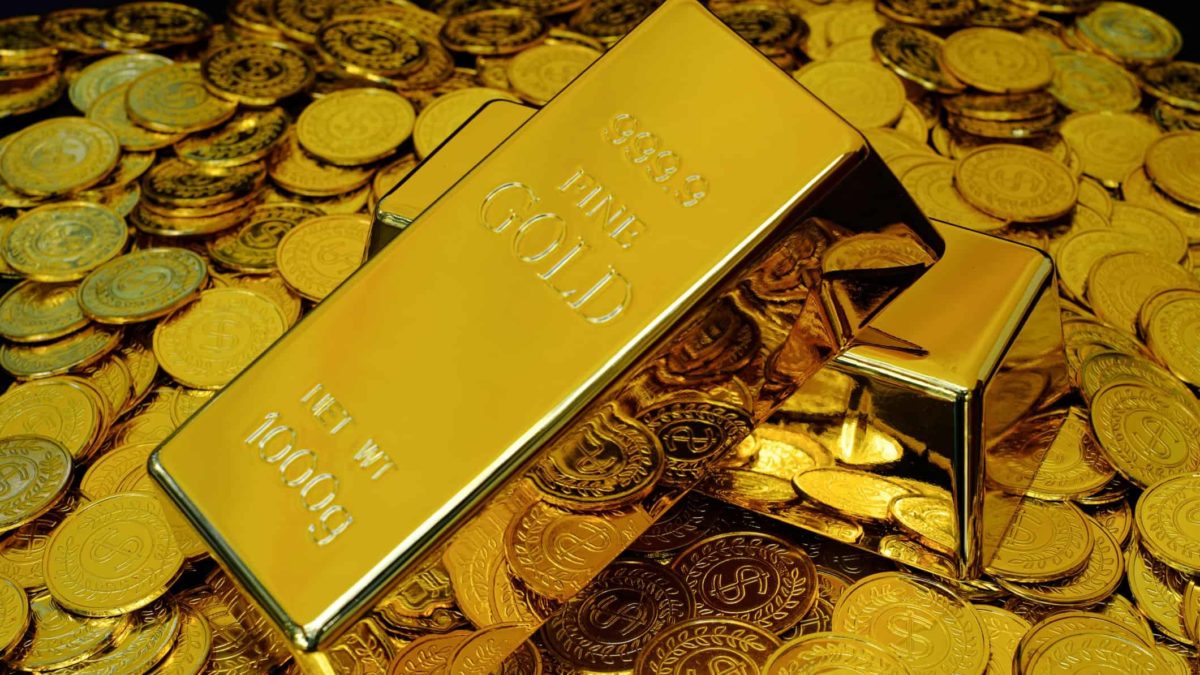
Those who have held gold as an investment in 2024 have done extremely well so far. Over the year to date, gold has shot the moon, rising from around US$2,077 an ounce to a new record high of US$2,431.55 an ounce this month. That's a gain worth a healthy 17%.
In Australian dollar terms, these gains have been even more pronounced, thanks to simultaneous weakness in our dollar compared to the US dollar. Gold started the year at $3,038 an ounce in our local currency, but the new highs of this month were worth $3,764 in Aussie dollars. That's a rise for Australian gold investors of 23.9%.
This doesn't just benefit those gold bugs that own physical gold bullion bars or coins. There are many ways to buy gold as an investment, including on the ASX. And most don't involve taking physical ownership of gold bars.
Gold exchange-traded funds (ETFs) are the most obvious example of this. These ETFs have been surging in popularity in recent years. Some prominent products include the Perth Mint Gold ETF (ASX: PMGOLD), the Global X Physical Gold ETF (ASX: GOLD), the VanEck Gold Bullion ETF (ASX: NUGG) and the BetaShares Gold Bullion – Currency Hedged ETF (ASX: QAU).
ASX investors can also utilise gold mining stocks or gold mining ETFs for a higher-risk, higher-reward exposure to the price of gold.
Some of the ASX's most popular gold stocks include Newmont Corporation (ASX: NEM), Northern Star Resources Ltd (ASX: NST) and Gold Road Resources Ltd (ASX: GOR).
Meanwhile, the VanEck Gold Miners ETF (ASX: GDX) provides a way for investors to access a portfolio of gold miners from around the world.
Given gold's astronomical rise in 2024, many investors who have previously not owned any previous metal investments might be wondering if it's too late to hop on this bandwagon.
Unfortunately for those investors, I would argue that it is.
Sure, gold has come off the boil this week, as global geopolitical tensions have somewhat subsided. But even though the yellow metal has dropped from over US$2,400 an ounce to around US$2,360 today, it is still at a very high level historically. A month ago, today's price would have been a new record high, after all.
As I argued earlier this month, gold is an inherently cyclical commodity. It has tended to rise in value over long periods of time. But each new record high in the past has been followed by a pricing slump. In many cases, this slump has lasted for years. As I pointed out, 2011 saw gold at a new record high at the time, but by 2015, the precious metal had nearly halved in value from that high watermark.
Those who bought at the 2011 peak would have spent the best part of the subsequent decade underwater.
As such, I think buying gold today close to its latest all-time high would be a mistake, whether that be bullion or a gold miner or ETF.
Sure, the metal might climb further from here. No one knows for sure. But I think it's more likely that it will follow its usual trajectory and stabilise or even drop in value over the coming months and years.
I think investors should take to mind Warren Buffett's advice on being fearful when others are greedy in this situation. As is the case with other investments like ASX shares, the best time to buy gold tends to be when no one else wants to. Not when everyone is fighting over themselves to buy at a historically high price.